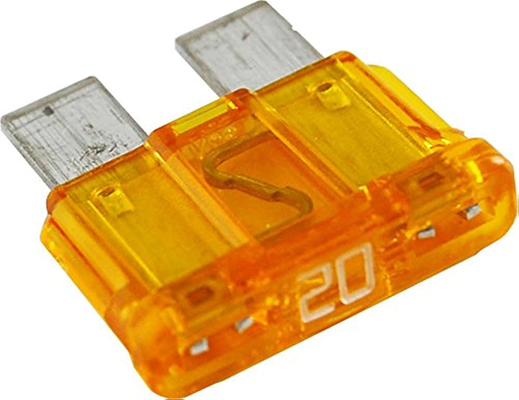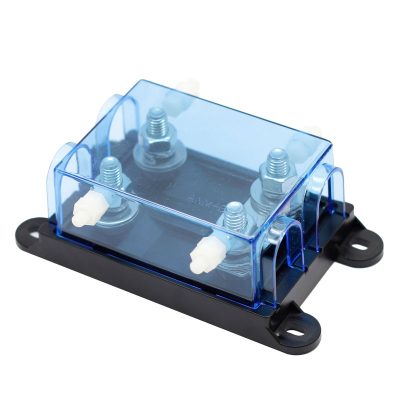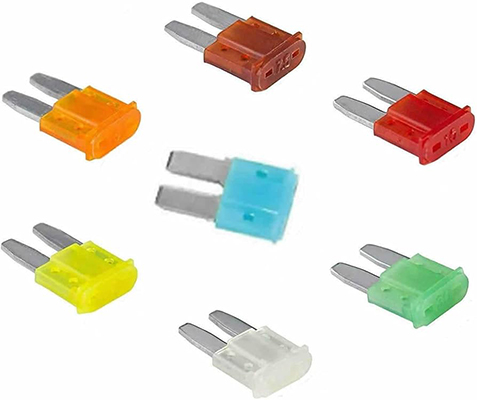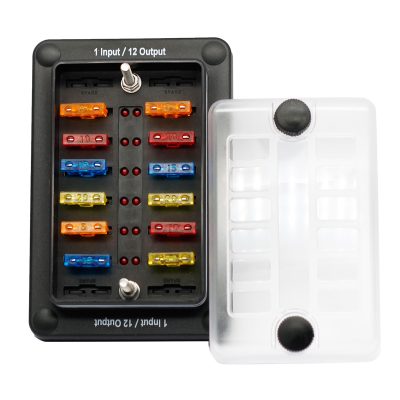Decoding Auto Fuse Color Codes for Efficient Identification and Replacement
News 2025-10-24
Auto fuse color coding is a critical aspect of electrical systems in vehicles, designed to simplify the process of identifying and replacing fuses. This system uses colors to denote specific amperage ratings, helping technicians and DIY enthusiasts avoid errors that could lead to system failures or safety hazards. By understanding color codes, users can quickly assess fuse conditions and ensure proper replacements, enhancing reliability in automotive maintenance.

Standard Color Code System
Color coding for auto fuses follows a standardized scheme that associates each color with a particular current rating. For instance, red typically indicates 10 amps, blue signifies 15 amps, and yellow represents 20 amps. This consistency allows for rapid visual identification without needing to read small print or use tools. In practice, this system is widely adopted in the industry to streamline troubleshooting and maintenance tasks, reducing downtime in automotive repairs.
Applications and Performance Advantages
In automotive contexts, color-coded fuses are essential in protecting circuits from overloads in components like lighting, audio systems, and engine controls. The primary advantage is improved safety and efficiency; colors enable fast recognition in low-light or emergency situations, minimizing the risk of incorrect installations. This feature not only extends the lifespan of electrical systems but also supports better performance by ensuring fuses match the exact requirements of each circuit, which is vital for modern vehicles with complex electronics.
Frequently Asked Questions
1. What do the colors on auto fuses mean?
They indicate the amperage rating, such as 5A for tan, 10A for red, and 20A for yellow, helping users select the correct fuse quickly.
2. How does color coding aid in fuse replacement?
It provides an immediate visual reference, reducing errors and saving time during maintenance or repairs in automotive settings.
3. Is the color code the same for all fuse types?
Mostly, but variations can occur, so consulting the vehicle’s manual ensures accuracy in identification and replacement.


